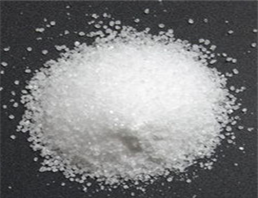Phenacetin (or acetophenetidin) is a pain-relieving and fever-reducing drug, which was widely used between its introduction in 1887 and the 1983 ban imposed by the FDA on its use in the United States. Its use has declined because of its adverse effects, which include increased risk of certain cancers and kidney damage. It is metabolized as paracetamol (acetaminophen), which replaced it in some over-the-counter medications following the ban on phenacetin.
Character
This product is white, with flashing scaly crystals or white crystalline powder, odorless, slightly bitter taste. This product is dissolved in ethanol or chloroform, slightly dissolved in boiling water, very slightly dissolved in water.
Application
Antipyretic and analgesic, used for treating fever, headache, neuralgia, etc. Antipyretic is stronger than analgesic. Efficacy intensity and aspirin equivalent, action slow and lasting, low toxicity. Studies show that: this product and its metabolite paracetamol have antipyretic effect. Because the enzyme inhibitors make fenacetin can not be converted into paracetamol, still can show obvious antipyretic effect. Therefore, the antipyretic effect after the product is not only produced by its active product paracetamol. The mild analgesic effect of finacillin can generally be maintained for 3-4 hours; The synergistic effect with salicylic acid can enhance the analgesic effect. Clinically, it is mainly used for antipyretic analgesia of small animals. This product is also a component of APC tablets.






 China
China








